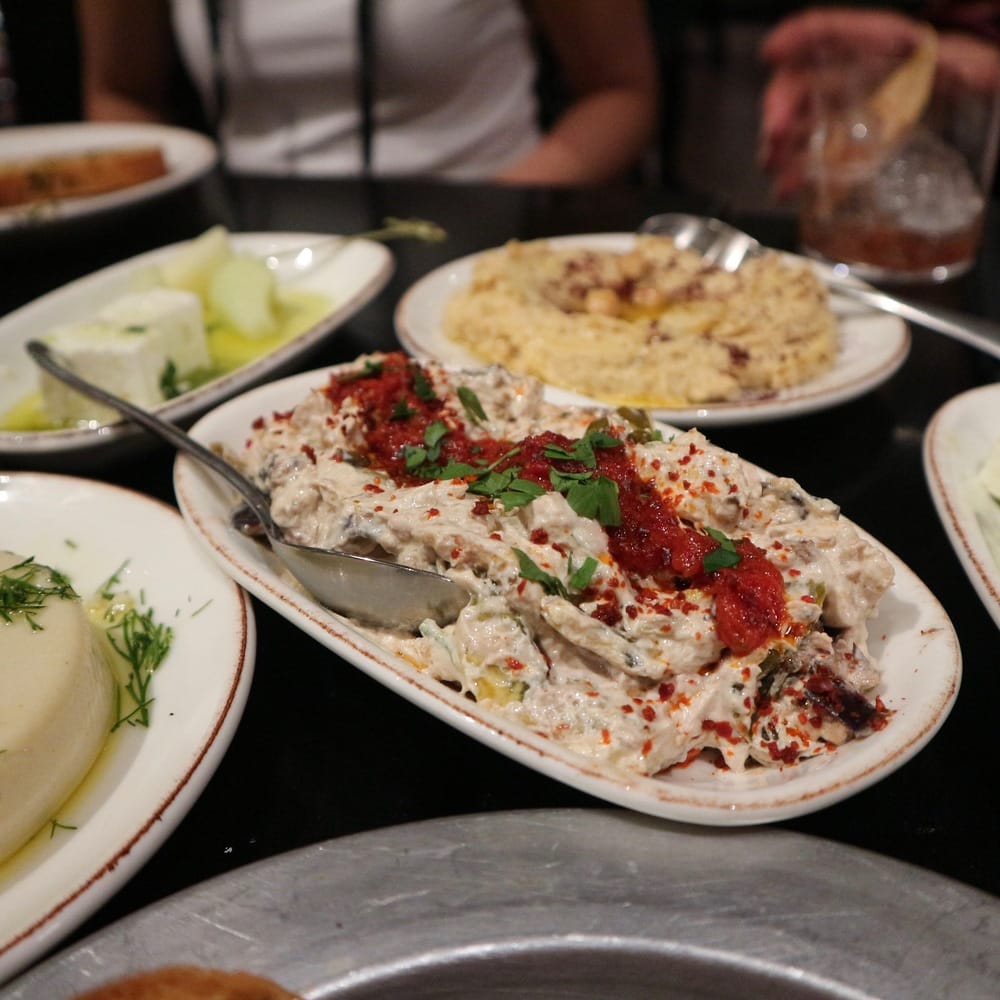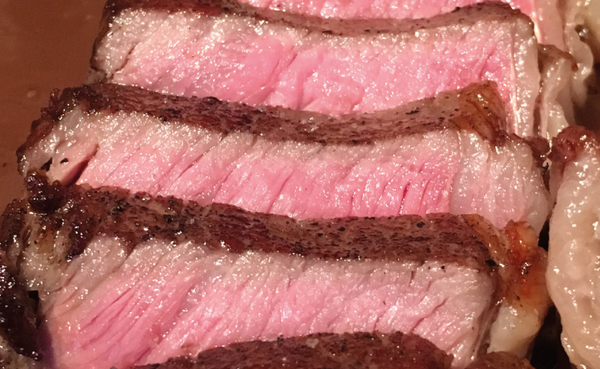Four hours of tapas-style dining later
felix follows Christy Lam during a gastronomical overload, as she indulges in an arguably hefty amount of delights, including but not limited to those of the turkish type.
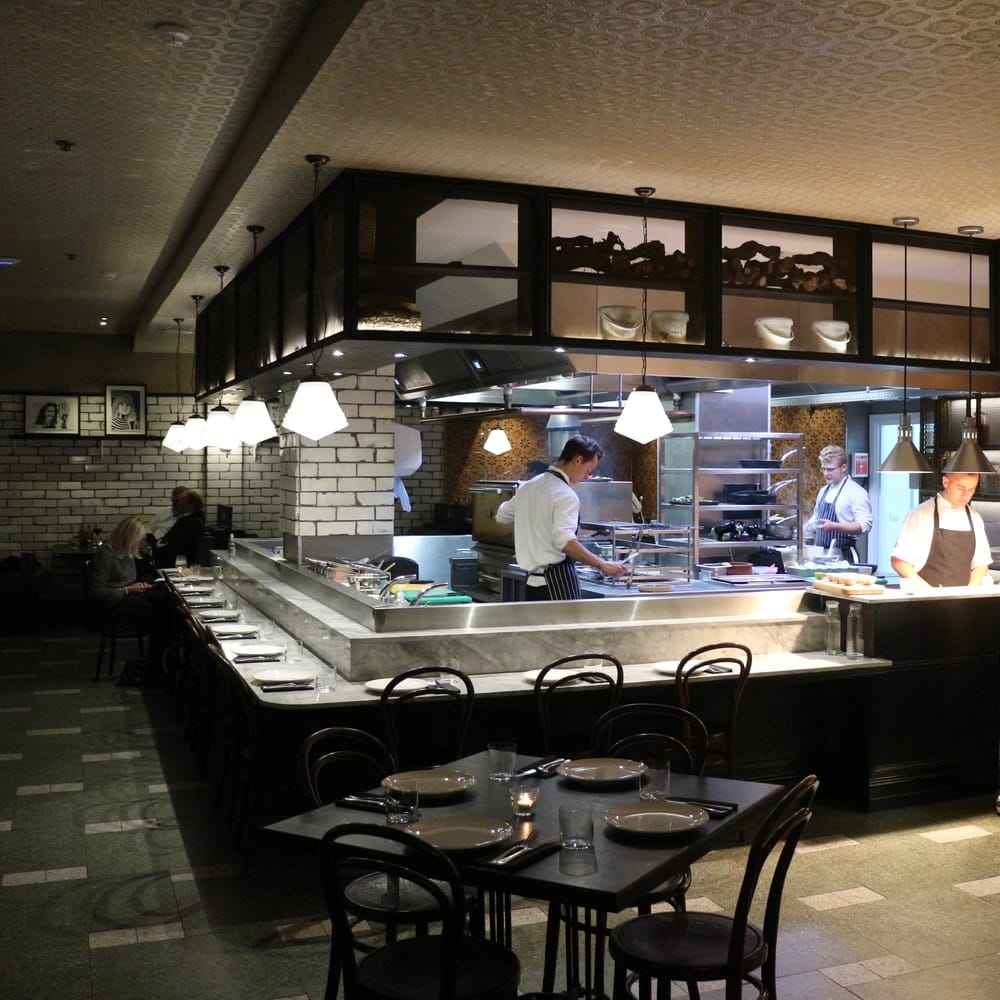
Sometimes I wish I could duplicate myself. One to go to those dreaded 9am lectures, one to do the laundry and one to tend to the exploding experiments in the lab. And at the end of the day, we can all gather and dine at one of the many restaurants on my to-visit list. There’s nothing wrong with dining on your own, you may say. For most cases, I agree. I can shamelessly walk in, ask for a table for one, then spend the entire meal staring at a wall. I’m totally comfortable with that. But there are places where singletons are a no-no, and this is still true when it comes to tapas-style dining.
Yes, the art of sharing food has finally graced this cold, selfish land where stealing a chip off your companion’s plate was once a much frowned upon act. Why keep all the food to yourself when you can order more, fill the table and share the guilt with a friend?
One such restaurant to introduce the sharing culture is Yosma, where I had been dying to visit ever since they opened in August. This latest addition to the Marylebone food scene is a restaurant and bar combining the three main pillars of Istanbul’s dining culture: meyhane (a word meaning tavern), mangal (barbeque) and seafood. Think plates of mezze, kebabs and Turkish delights for dessert. If cloning technology had advanced past Dolly the sheep I would’ve been with my cohort of Christys weeks ago.
Thanks to my blogger friends, I need not wait until year 2198 to satisfy my hunger for grilled lamb chops and manti (Turkish dumplings). I received an invite to experience the meyhane side of life: the vibrant Turkish culture of food sharing, conversation and bottomless raki, quenching the thirst of the stomach and the soul.
The evening started off with me being late again, sprinting down Baker Street on heels and sweating in the early September breeze. The restaurant was an entirely different world, sheltered from the rush-hour street outside: relaxed, cosy and dimly lit, complete with dark wooden tables and two huge olive trees in the centre, hip music and light-hearted chatter amongst the occasional clatter from the open kitchen.
Cocktails are always the best introduction to any restaurant. Yosma’s cocktail menu comprised of a handful of unique cocktails, all inspired by Turkish culturewith names taken from love poems. My favourite was the Sil Bastan, a sweet cocktail with yoghurt gin, Manuka honey, milk acid, egg white and lemon. Yoghurt-flavoured foam floated on top of the bittersweet mixture, strong enough to deflate the stress from a long day. The other one worth mentioning was Yosma, a fruity, bitter, red number with Turkish apple tea vodka, pomegranate, vermouth and raki spices.
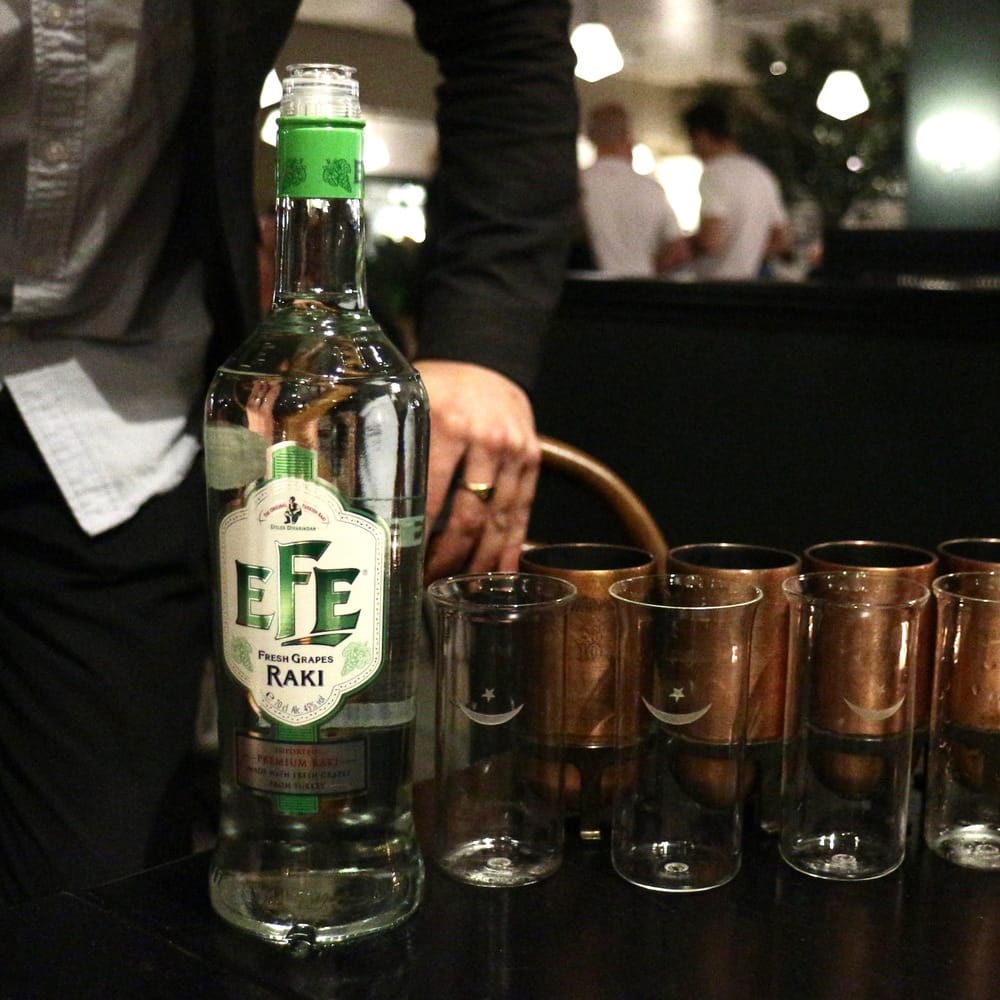
With everyone comfortably seated and the shy handshakes transformed into intimate conversations, we were introduced to the heart of meyhane: raki.
Raki is a strong Turkish, anise spirit, served to pair with the many plates of mezze and to accompany the hours of delightful laughter that followed. To start off, we took a sip of the clear, strong-smelling liquid from the specially-designed glasses. That was a powerful hit to my system. Then, following the traditions, we diluted the remaining with water and ice, looking on in wonderment as the alcohol turned opaque in contact with water. Salgam, a sour turnip juice that tasted rather like pickle juice, was handed around to cleanse the palette from raki. The mezze plates came one by one, and soon filled the table with more than plenty to share. Each one designed to match the accompanying raki.
The Kavun was more than just melon and feta. Take a bite of melon, a sip of raki and a chunk of soft feta with basil olive oil to cleanse the palette. The hummus was one of the best I have ever tasted: creamy, garlicky and not too much tahini. The Fava looked like panna cotta, but made with crushed broad beans with olive oil and dill. The Pastırma, which was a dish of paper-thin slices of cured beef, gave a spicy, flavourful kick to balance the raki. The Levrek Marine was a more exotic version of a carpaccio, with marinated sea bass, grapefruit, fennel and green chilli. I was torn between the Köpoglu and the Pancar as my favourite mezze – the former was soft chunks of sweet aubergine in yoghurt and the latter being a beautifully presented dish of sweet, pit roasted golden beetroot in garlic oil.
If you thought that was the end of the meal, you’d be very, very wrong indeed. Turkish cuisine is known for its generosity, meaning more than enough food to satisfy your stomach at appetisers already – with the mains still cooking in the kitchen. So, when the mains were announced it almost felt like an anticlimax, which instantly turned into surprised exclamations as the humongous, monstrous, barbequed whole fish arrived steaming hot on its silver platter, its thick, charcoal-coloured skin scored to reveal the pearly-white flesh beneath. The meat was tender, fell from the bone with a slight nudge with a fork, oozing with its natural juices with every mouthful. This fish, supposedly meant for two people, was more than a family feast. The salads that came with the fish did not lack in effort and helped to add a layer back into the food triangle: the Yesil Salata was a simple salad with rocca, a tougher version of our usual rocket leaves, while the Gavurdag was a refreshing mixture of green and red tomatoes with walnuts and mint.
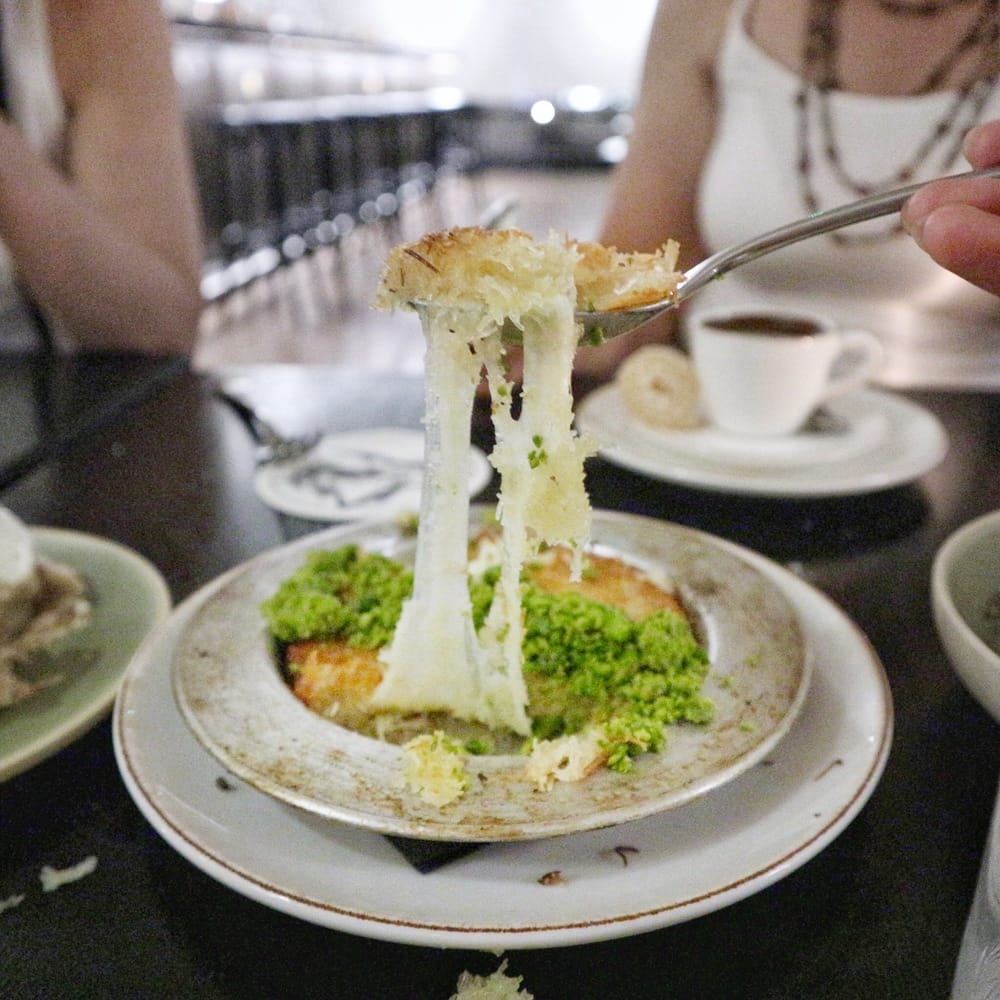
A dinner party cannot end without a sweet note. A selection of desserts was served, along with strong Turkish coffee and Turkish delights. Apart from spending a good amount of time trying to decrypt our futures from the sludge of coffee grinds at the bottom of our cups, we took care to enjoy the traditional desserts. The kunefe definitely had substantial wow-factor with its crispy, golden yellow Kadoyif pastry and its incredible white cheese strings, temporarily silencing our worries for our hips. The Sambali was a chunk of fluffy semolina cake, served with mastic (a fragrant plant resin used in Turkish desserts) ice cream, reminiscent of the lunchtime sponge cakes from my school days. The Armut Pismaniye comprised of half a poached pear balanced on top of a perfect sphere of ice cream, with a cloud of cotton candy and a generous handful of walnuts.
Satisfied after almost four hours of non-stop feasting, talk and laughter, we called an end to the meet-up, exchanged eager hugs that matured from the raki and headed home to rest our bellies for the next day.
